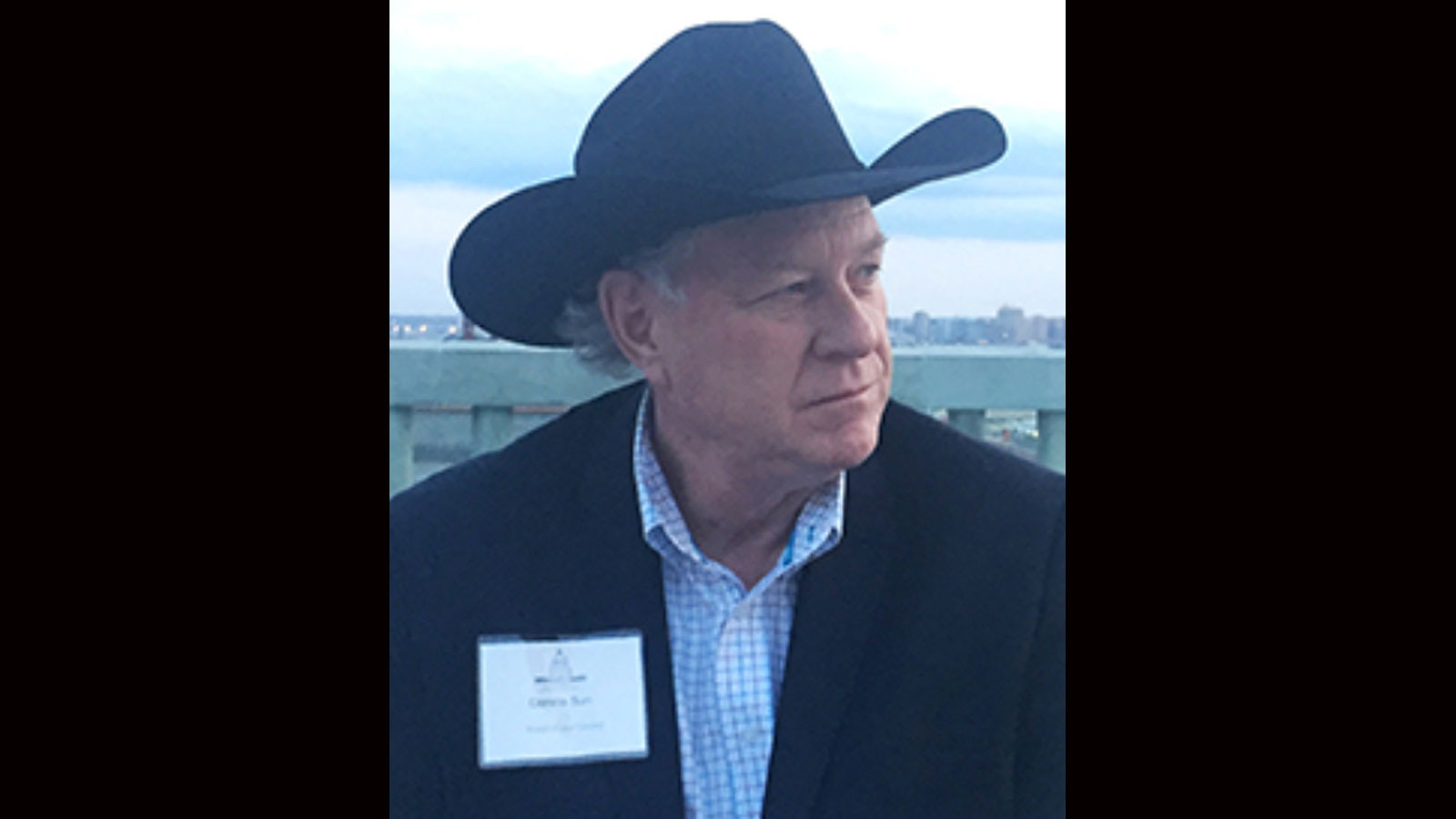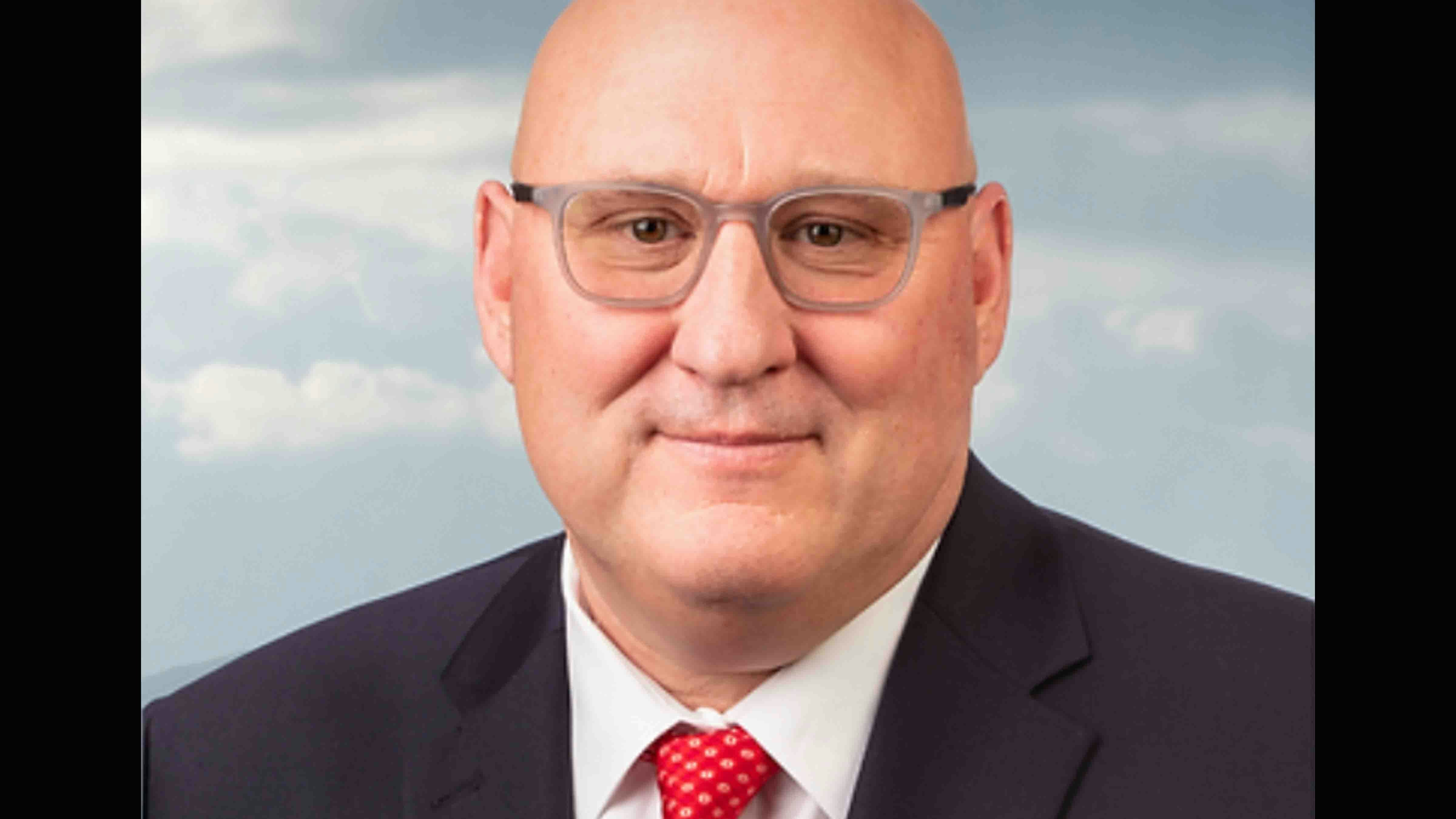By Dennis Sun, Wyoming Livestock Roundup
March 1 marked the 150th anniversary of the establishment of Yellowstone National Park (YNP). It was the first national park in the U.S. and some say, in the world. Although the Yellowstone and Jack- son Hole areas had earlier been explored by John Colter in 1808 and by Jim Bridger looking for beaver in the 1820s, their descriptions were generally not believed. Let’s face it, if you hadn’t seen Yellowstone in those days with all of its wonders, it would be a little hard to believe.
In 1871, Ferdinand Hayden, director of the U.S. Geological Survey, led an expedition into Yellowstone at the urgings of Nathaniel P. Langford, who had participated in the 1870 expedition into Yellowstone led by Henry Washburn and Jay Cooke, the owner of the Northern Pacific Railroad. Cooke had an interest in getting a railroad into the Montana Territory and on to the Pacific Ocean.
Congress approved $40,000 for the expedition into the Yellowstone region and free transportation was furnished by the Union Pacific and Central Pacific railroads. Those who were involved in the expedition were an agricultural statistician, entomologist, topographers, botanists, a meteorologist, a zoologist, photographer William Henry Jackson and artist Thomas Moran.
Six months after they returned to Washington with all of the visual proof, Congress passed a law and President Ulysses S. Grant signed the bill into law, but there was no money appropriated for Yellowstone at the time. The U.S. Army was the first to manage the park and the biggest issue was keeping hunters under control.
The first managers had their hands full as they had to map the boundaries and begin an inventory of just what Yellowstone consisted of. And I would guess they were only able to be in the park during the summer. I think it would have been interesting times to be in Yellowstone without the tourists, but the accommodations had to be pretty rustic and there still was a danger of Native American attacks.
YNP is bigger in size than Rhode Island and Delaware combined, covering almost 3,500 square miles; and forms a rectangle with an irregular eastern side which is 63 miles in length from north to south and 54 miles wide from east to west.
The park contains the largest concentration of mammals in the lower 48 states and is home to over 285 species of birds and over 1,350 species of flowering plants. YNP has the largest herd of bison in the world roaming freely and is the largest public bison herd in the U.S. The latest estimate of bison in the park is around 4,800 head.
The history of YNP is fascinating, it’s something over-looked by those visiting the park. The first presence of humans in the park were found around Gardiner and dated back to at least 11,000 years ago. The oldest public building in the park is the Lake Yellowstone Hotel which dates back to 1891 and is still a great place to stay today. The oldest public log cabin building is the Old Faithful Inn, built in 1904.
In 2021, 4.86 million visitors experienced the wonders of YNP, up around one million from 2020. You could almost say people are loving the park to death and those numbers of tourists will need to be managed to provide a good experience.
If you get a couple of free days this year, YNP is waiting for you and your family to experience, an experience your family will never forget.
The Wyoming Livestock Roundup is a weekly agriculture newspaper available in print and online. To subscribe, visit wylr.net or call 1-800-967-1647.





